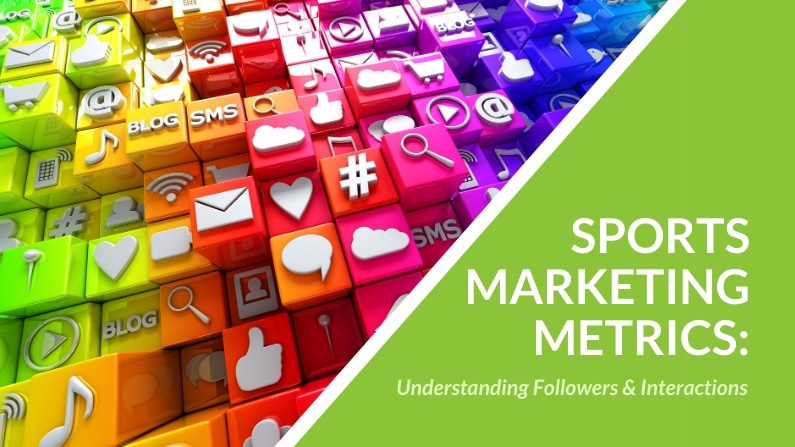The Relationship Between the Two and More
When it comes to sports marketing, many brands still invest in athletes simply by looking at who has the largest number of followers. However, due to the algorithms on most social channels these days, the largest number of followers does not even necessarily guarantee a brand the highest possible reach, let alone engagement on branded posts by that ambassador. In order to maximize brand impact, Hookit strongly encourages sports marketers to focus more on engagement than sheer volume of followers. Here we explain why.
Surface Level: Impressions vs Interactions
We start with the top five athletes, ranked simply by the number of followers they have on across their social channels.

These are names that most marketers (and fans) know. They’re huge stars with followings on par with the likes of Taylor Swift (280M), Beyonce (213M), and Bruno Mars (99M). However, when looking instead at the number of interactions they had in the past month, some of the names change.

Clearly, the rankings have changed along with the changed priority on interactions. If you want to sponsor someone that will drive the most interactions, then you may still want someone like Cristiano Ronaldo, but may not be as keen on someone who dropped off the list, such as James Rodriguez. This shows that some athletes are better at getting the most out of their fans, engaging them and keeping them interested.
Digging Deeper: Engagement Rate & Promotion Quality
However, sheer volume of interactions doesn’t tell the whole story either. Getting the most interactions can still be related to the sheer volume of followers. Look no further than Cristiano Ronaldo. His massive following assures him a large number of interactions on each post. But, what percentage of those followers are actually engaging? That’s where engagement rate comes in.

On top of the followers and interactions, brands should consider how well the ambassador promotes their brand. The Promotional Effectiveness Score is a metric that takes in multiple factors, like logo size and clarity, brand promotion in text, and more, to tell you how good the athlete or influencer you might want to sponsor is at promoting their partners. While someone might garner a lot of attention and have a lot of followers, that doesn’t mean they’re the best at showing off your brand. Here are the top five athletes by PE Score that have at least 1M followers.

These athletes have completely changed from our follower and interaction lists and have much lower follower counts (all with 1-3M compared to 100M+). These athletes drive high value per follower for each of their brand partners, but don’t achieve the same volume of engagement. However, the quality and effectiveness of their promotion is extraordinarily high as they post often about their sponsors with clear logos and mentions and drive high engagement on those branded posts.
So Which Metric To Use?
Clearly, there are many ways to evaluate potential partners before investing and these cover a handful of social-focused metrics. Though a brand might look at someone and think they’d be a great choice simply because of the number of followers they have, that doesn’t take into account how good they would be at promoting the brand. Generally, the larger someone gets, the harder it is for them to keep everything managed neatly, and that includes their sponsors. Some impressive few manage to maintain their sponsored content cleanly, leaving little to chance. These social metrics can help guide those decisions about who will be a good ambassador for the brand, both on social and more broadly, as you can imagine that the best promoters on social are also representing that brand well through other channels.



